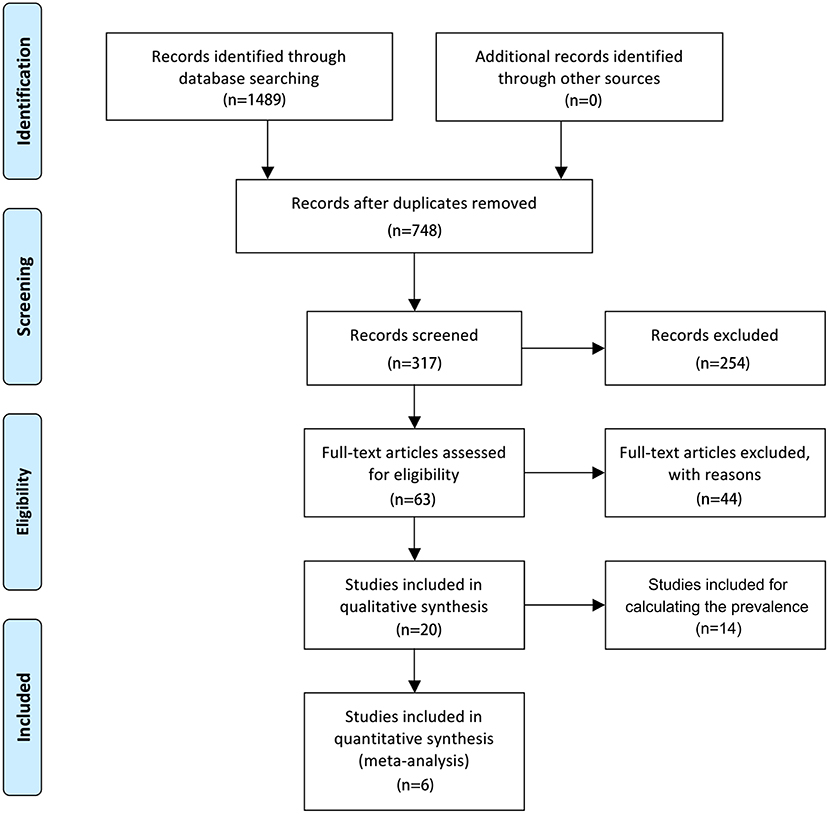rosita43456796
About rosita43456796
The Importance of Renewable Power in Combating Climate Change

As the world grapples with the dire consequences of local weather change, the significance of renewable vitality has never been extra pronounced. The reliance on fossil fuels has led to a major enhance in greenhouse gasoline (GHG) emissions, contributing to world warming, rising sea ranges, and extreme weather occasions. In this article, we’ll explore the various types of renewable power, their advantages, and how they play a crucial function in combating local weather change.
Understanding Renewable Power
Renewable energy refers to energy derived from natural sources which can be replenished at a quicker rate than they’re consumed. The first types of renewable vitality embody solar, wind, hydroelectric, geothermal, and biomass. Each of those sources has its distinctive advantages and applications, making them very important components of a sustainable power future.

- Photo voltaic Energy: Solar energy harnesses power from the solar utilizing photovoltaic cells or photo voltaic thermal systems. It’s one of the crucial ample energy sources out there, capable of generating electricity and heating water. With advancements in technology, the effectivity and affordability of solar panels have improved considerably, making it a viable option for both residential and business use.
- Wind Vitality: Wind energy is generated by changing the kinetic vitality from wind into electricity utilizing wind turbines. Wind farms will be discovered onshore and offshore, and their capacity to generate electricity has increased dramatically in recent times. Wind power is one of the quickest-rising sources of renewable energy globally, providing a clean various to fossil fuels.
- Hydroelectric Vitality: Hydropower makes use of the power of flowing water to generate electricity. Dams are generally used to create reservoirs, which launch water by means of turbines to supply energy. Whereas hydroelectric energy is a reliable supply of vitality, it could possibly have ecological impacts on local ecosystems, necessitating careful planning and administration.
- Geothermal Energy: Geothermal vitality harnesses heat from the Earth’s inside to generate electricity or present direct heating. This renewable supply is especially effective in regions with volcanic exercise, the place geothermal reservoirs are readily accessible. It presents a stable and continuous power provide, in contrast to photo voltaic or wind energy, which will be intermittent.
- Biomass Vitality: Biomass power is derived from organic supplies akin to plant and animal waste. It can be transformed into biofuels, biogas, or used straight for heating. While biomass can contribute to lowering waste and offering vitality, it is essential to make sure that its manufacturing doesn’t compete with meals resources or lead to deforestation.
Advantages of Renewable Vitality
The transition to renewable power sources provides numerous advantages, notably in the context of local weather change mitigation and environmental sustainability.
- Discount of Greenhouse Gasoline Emissions: One of many most important advantages of renewable vitality is its potential to scale back GHG emissions. Should you have virtually any inquiries concerning exactly where and also the way to utilize erectile dysfunction treatment success stories, you can e-mail us with our own internet site. Not like fossil fuels, renewable sources produce little to no emissions during operation. By shifting to renewables, international locations can significantly lower their carbon footprints and combat international warming.
- Power Independence: Renewable power sources can assist international locations scale back their dependence on imported fossil fuels. By harnessing native assets, nations can enhance their vitality security, stabilize energy costs, and create jobs within the renewable power sector.
- Job Creation: The renewable vitality trade is a rapidly rising sector that has the potential to create hundreds of thousands of jobs worldwide. From manufacturing and installation to maintenance and analysis, the transition to renewable power can present employment alternatives throughout varied skill levels.
- Improved Public Health: The use of fossil fuels is related to air and water pollution, which can have detrimental effects on public well being. By transitioning to clean vitality sources, communities can cut back pollution-related well being issues, resulting in improved high quality of life and reduced healthcare prices.
- Sustainable Development: Renewable energy helps sustainable growth by offering entry to vitality in underserved areas. Off-grid renewable power options, similar to solar house techniques, can empower rural communities, enhance training, and enhance economic alternatives.
Challenges and Solutions
Despite the quite a few advantages of renewable power, several challenges must be addressed to facilitate a profitable transition.
- Intermittency and Reliability: Many renewable power sources, notably solar and wind, are intermittent. This variability can pose challenges for grid stability and vitality reliability. To handle this, developments in vitality storage applied sciences, similar to batteries, and the event of sensible grid programs are important.
- Infrastructure and Funding: Transitioning to renewable energy requires vital funding in infrastructure, together with the development of new power plants, transmission traces, and power storage amenities. Governments and personal sectors should collaborate to create favorable policies and incentives to attract investment in renewable vitality projects.
- Public Consciousness and Acceptance: Public perception and acceptance of renewable vitality technologies can influence their adoption. Instructional campaigns and neighborhood engagement initiatives are crucial to boost consciousness about the advantages of renewable energy and deal with misconceptions.
- Policy and Regulatory Frameworks: Efficient insurance policies and laws are essential to help the expansion of the renewable power sector. Governments must establish clear targets, incentives, and rules that promote the usage of renewable power whereas making certain environmental protection and social fairness.
Conclusion
The importance of renewable energy in combating local weather change can’t be overstated. By reducing greenhouse gasoline emissions, enhancing energy independence, creating jobs, and bettering public health, renewable vitality sources provide a pathway toward a sustainable future. Whereas challenges stay, innovative options and collaborative efforts among governments, companies, and communities can drive the transition to a cleaner, extra sustainable power panorama. As we move forward, embracing renewable vitality will be crucial in safeguarding our planet for future generations.
No listing found.
